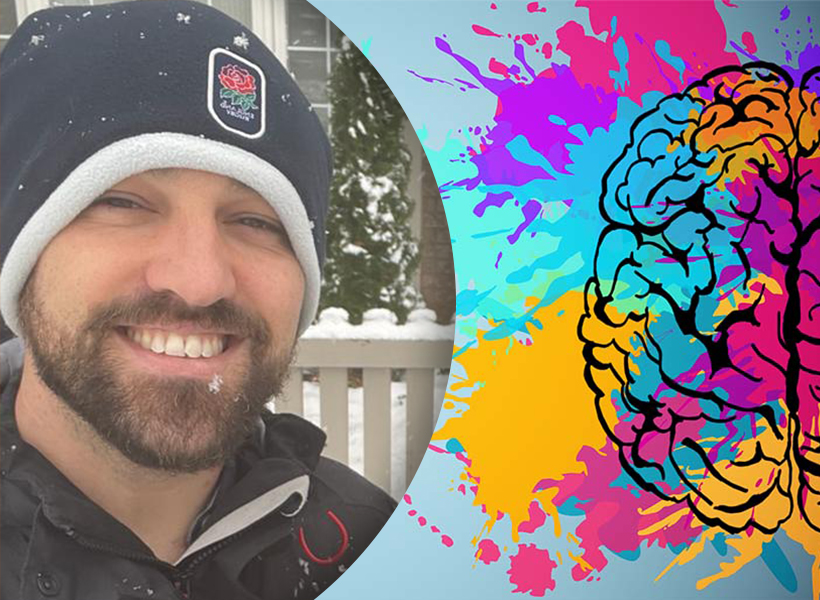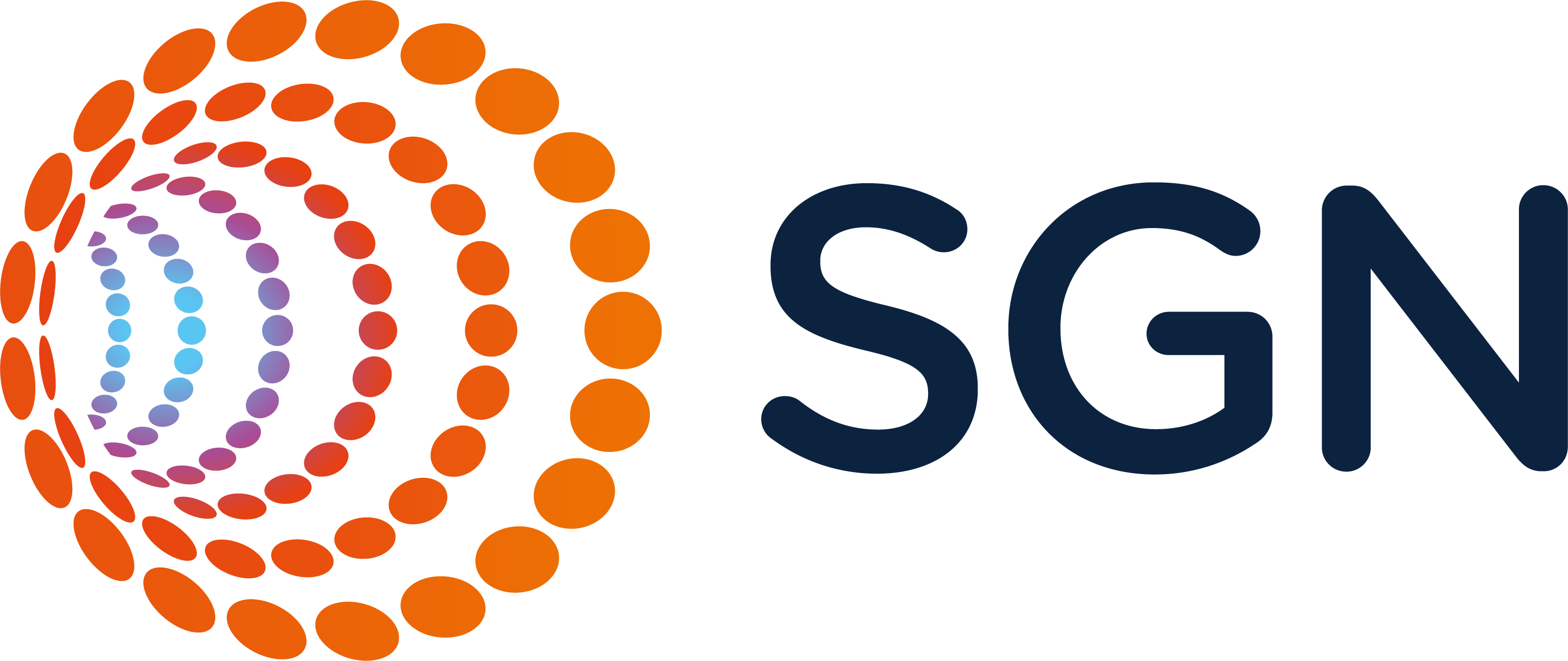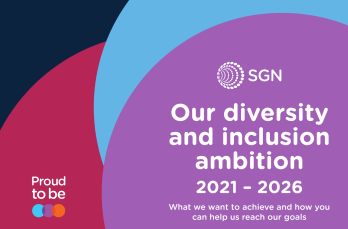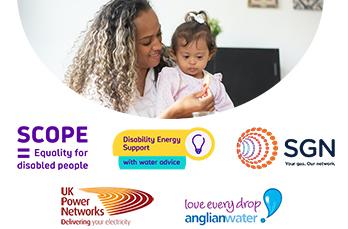
It’s Neurodiversity Celebration Week and we’re proud to be celebrating such an important awareness campaign with our colleagues.
Neurodiversity is a relatively new term, referring to the different ways the brain can work and interpret information and highlights that people think about things differently.
Most people are neurotypical, meaning the brain functions and processes information in the way society expects. It’s estimated around one in seven people are neurodivergent. This means the brain functions, learns and processes information differently.
Neurodiversity usually refers to a range of specific learning differences including, but not limited to, Attention Deficit Hyperactivity Disorder (ADHD), Autistic Spectrum Disorders (ASD), dyslexia, dyscalculia and dyspraxia.
We spoke with our Occupational Health Technician Chris Barnes who told us his story about living and working with dyspraxia, something he was diagnosed with a few years ago.
Chris’s story
When I was 27, I decided to go back into education as I felt I’d underachieved at school, so I started an Access to University course. They had a team there who identified educational disorders and differences who picked up on my particular difficulties.
Following a specialist assessment, I was diagnosed with something called ‘dyspraxia’.
Dyspraxia (aka Developmental Co-ordination Disorder or DCD) is a lifelong condition that affects the way the brain develops and forms neural pathways. It commonly affects:
- Co-ordination, balance and fine motor skills e.g., writing or doing up buttons.
- Learning new skills, processing information and memory.
- Social interaction and expressing emotions.
- Time management and personal planning/organisational skills.
These issues tend to be more obvious in childhood and more likely to be identified in an educational setting, but adults will most likely have developed strategies that mask their difficulties.
A lot of these difficulties can be commonly experienced by neurotypical individuals as well. So, a diagnosis of a specific learning difficulty is only given if enough diagnostic criteria are met and there is a significant impact to the individual’s function.
In my case, the standardised testing suggested that certain capabilities were way above average, but my writing/copying speed and working memory were in the bottom 1% for people my age.
As I wasn’t diagnosed with dyspraxia until later in life, I really struggled with exams at secondary school and didn’t really know why.
My main problem with written work comes with having to process information, organise a thought in my head, and then write it down before I’ve forgotten the point I wanted to make. So as the demands for essays and long-form exam questions grew, I began to fall behind.
There wasn’t a great deal known about neurodiversity in mainstream schools back then, so the general view of my teachers was that I wasn’t trying and needed to put in more effort.
However, with reduced processing speeds and extremely slow handwriting, I could only produce one side of written work in the same time it took my classmates to do three.
So how does it affect me?
I forget everything – appointments, plans, birthdays, that I said I’d take out the bins (much to my wife’s frustration).
I have to set alarms and reminders for anything I’ve arranged to do in a day, or I’ll almost certainly forget, and even then it’s probably a 50% success rate.
I can struggle to keep up with conversations, particularly in a large group or meeting environment. I’ve also had difficulties in the past with expressing and reading emotions in others, but this has got better with practice.
I can’t have nice things, as I tend to drop, knock over, break, or generally destroy things through clumsiness and lack of co-ordination. I’m also a danger to myself and others when taking part in sport, as my limbs are quite long and I have no idea of where they are or what they’re doing most of the time. Don’t even get me started on DIY…
At work it affects me in different ways. I have difficulty producing long, written pieces of work in a timely manner. Even an email of more than a couple of paragraphs presents a significant challenge.
I’m less likely to speak in larger meetings, even if I feel I have something to contribute, as I can struggle to keep up if the flow of conversation moves quickly.
The best thing people can do to help me, and others like me, is to:
- Provide clear objectives and expectations when assigning a task, preferably in a format I can refer back to.
- Offer to record meetings (where appropriate) on Teams or use a recording device if meeting in person. This can be really helpful for those that have difficulty taking notes, processing written information, or with working-memory problems.
- Not be afraid to chase me up for a response or a piece of work. I’m not ignoring you; I’ve likely just forgotten!
But it’s not all bad!
Yes, I do feel a bit ‘square peg – round hole’ most of the time but although my brain is really, really bad at some things, it’s fantastic at others!
Like many with neurodiverse conditions, I often see things that others miss, offering a unique perspective among my team in Occupational Health, I’m able to quickly grasp complex concepts, have an eye for detail, and I’m GREAT in a pub quiz.
Just don’t ask me to carry a tray of hot drinks!
Supporting our neurodivergent colleagues
We have a range of tools and support available for our colleagues through Office 365 and our People Portal learning system, including:
- A collection of educational videos focusing on neurodiversity including ‘how to make the workplace more comfortable for neurodivergent people’ and ‘how neurodiversity manifests in the workplace’, among others.
- Access to Office 365 tools such as Focus Assist to switch off notifications and distracting content, Immersive Reader and Read Aloud to read text to the user while highlighting words as it goes along, and Accessibility Checker to make sure content is easy to read and edit.
- Productivity tools and techniques are also recommended, such as dividing work into clear, bitesize steps, visual reminders, creating timetables and making use of dictation tools and meeting recordings.
- Our Occupational Health team are on hand to offer further assistance and additional support tools.
- Our Disability and neurodiversity guide offers an introduction into improving understanding and highlights practical steps we can take to create a more inclusive workplace.



